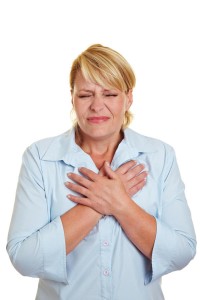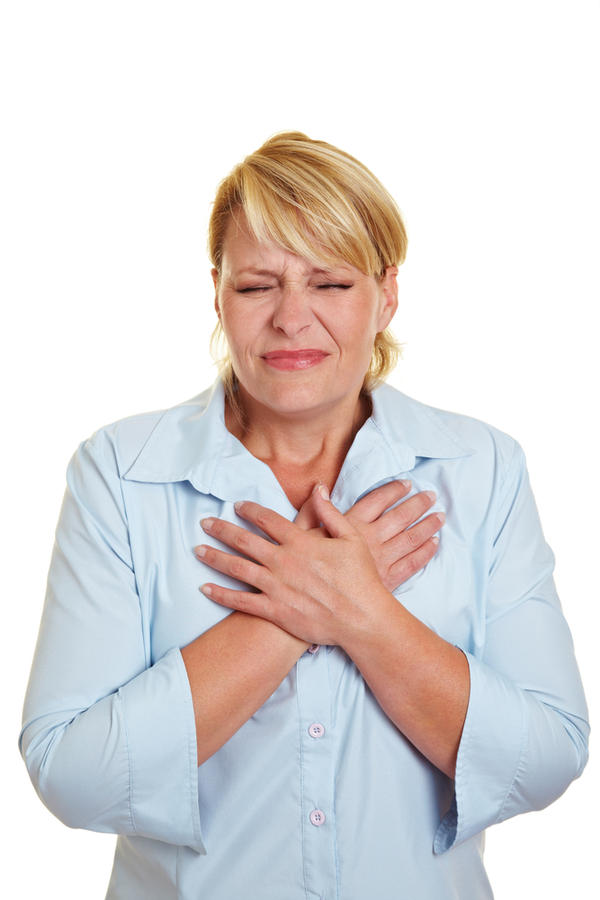Flail chest is a result of a forceful blow or injury to chest area, causing serious breach in the integrity of the ribcage. It may involve one or multiple broken ribs. Upon visual inspection, you might see a segment of the ribcage flailing back and forth in opposite direction of the rest of the chest 
Flail chest is a potentially life threatening condition that require immediate medical attention. Time is crucial for victims of flail chest. Individuals that have taken workplace approved first aid training will have learned to recognize and help manage victims of flail chest.
If not treated immediately, it can cause the lungs to collapse or blood to pool around the heart leading to cardiac arrest.
First aid for flail chest
When providing first aid, your priority is to ensure the safety of the victim, yourself and bystanders. Before rendering first aid, make sure that the scene is safe. Move the victim to a safe place, especially if there is clear danger. Make sure that the cause of the injury does not pose any threat to the victim and yourself.
Once you have ensured scene safety, approach the victim and assess the injury. Call 911 or your local emergency service and ask for help. The 911 call dispatch operator may provide you with instructions. Listen carefully and be ready to follow these instructions. If you are in a remote place or if 911 is inaccessible, try to get the victim to the emergency department as soon as possible.
Flail chest is often a serious condition that requires expertise of a trained first aider. However, in the absence of a qualified first aider, you should be ready to provide basic first aid. Wash your hands and wear personal protective equipment before providing first aid. When providing first aid to flail chest victims your primary goal is to stabilize the injured chest area.
Use a pillow or any item available to apply pressure over the affected segment. Splinting or holding the flail chest in place prevents it from moving, thus avoiding further damage to the lungs, heart and adjacent tissues.
Use anything available in your surroundings to stabilize the flail segment, for example a rolled up blanket, jacket or shirt. If you cannot find anything to use, have the victim lie towards the injured segment of the chest. Keep the patient in this position while waiting for help. Usually, the most comfortable position for the victim is semi-sitting, with the body leaning towards the affected side. This applies pressure to the flail segment and prevents it from moving, at the same time, assists breathing. Continue to monitor breathing and heart rate. If breathing stops, be ready to provide rescue breathing or CPR. Also monitor for signs of shock and be ready to provide first aid.
Keep the patient warm and provide reassurance while waiting for rescue service. Never leave the victim alone.
Flail chest can be very painful. In most cases, over-the-counter painkillers won’t help alleviate the pain. Don’t give any medication unless instructed to do so by emergency services.

